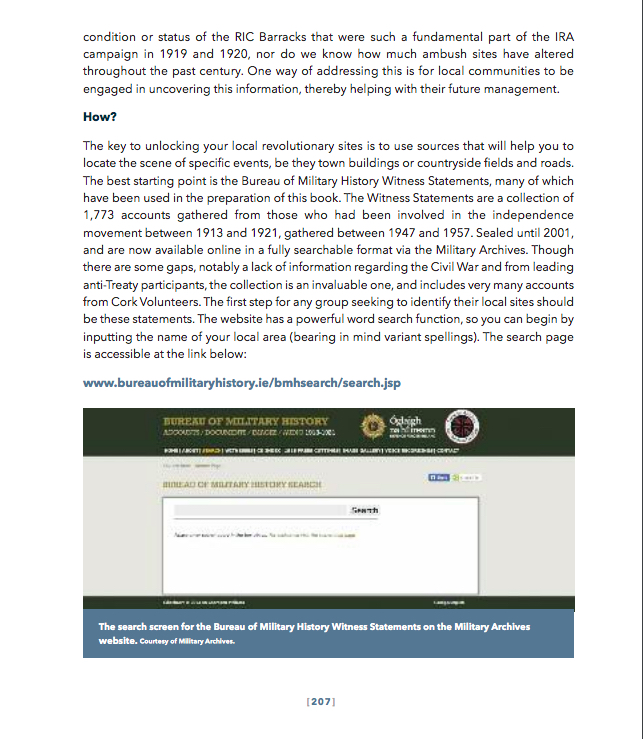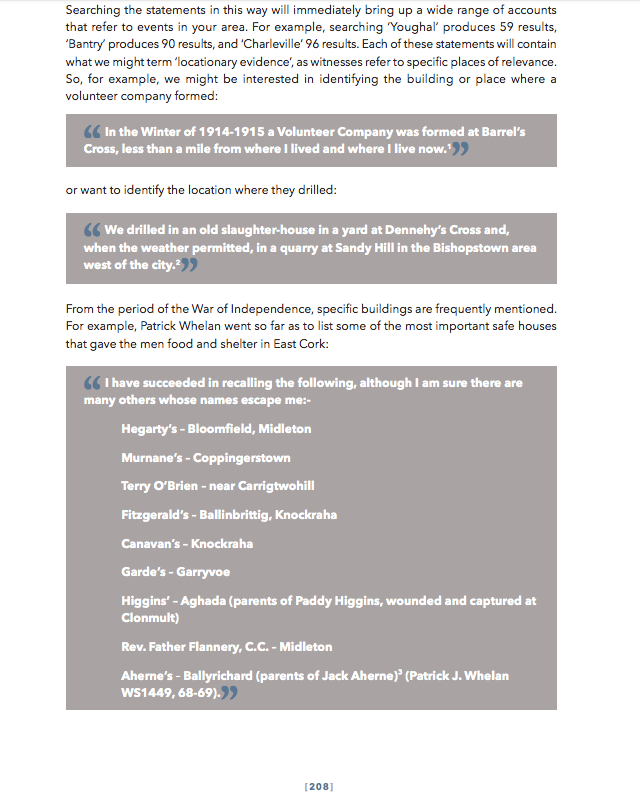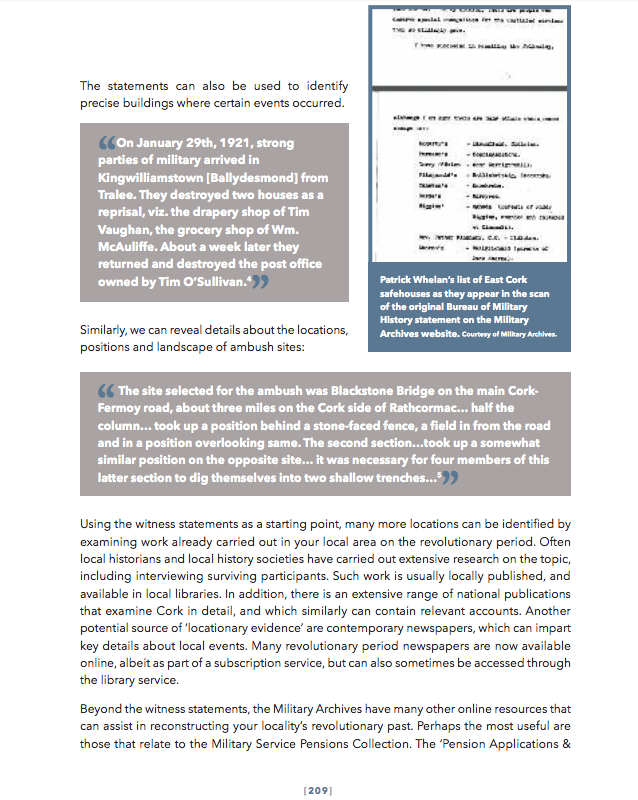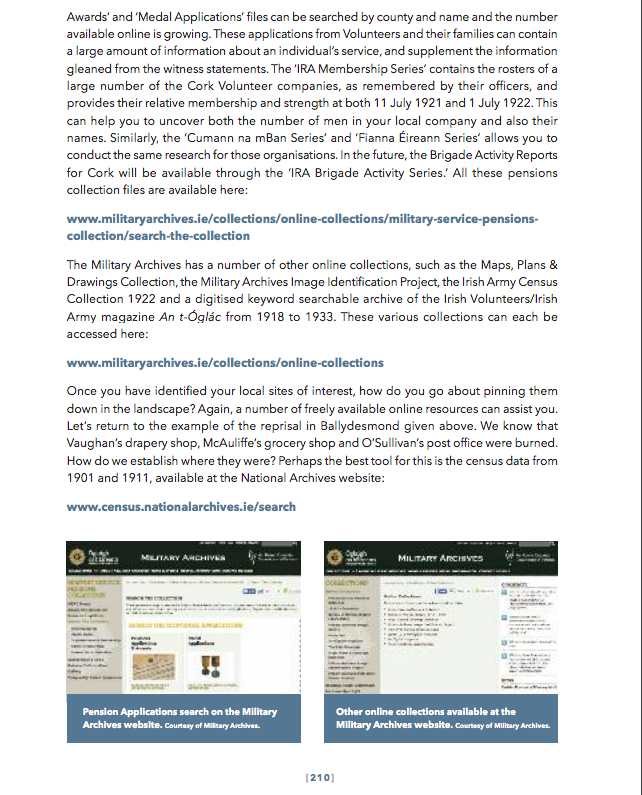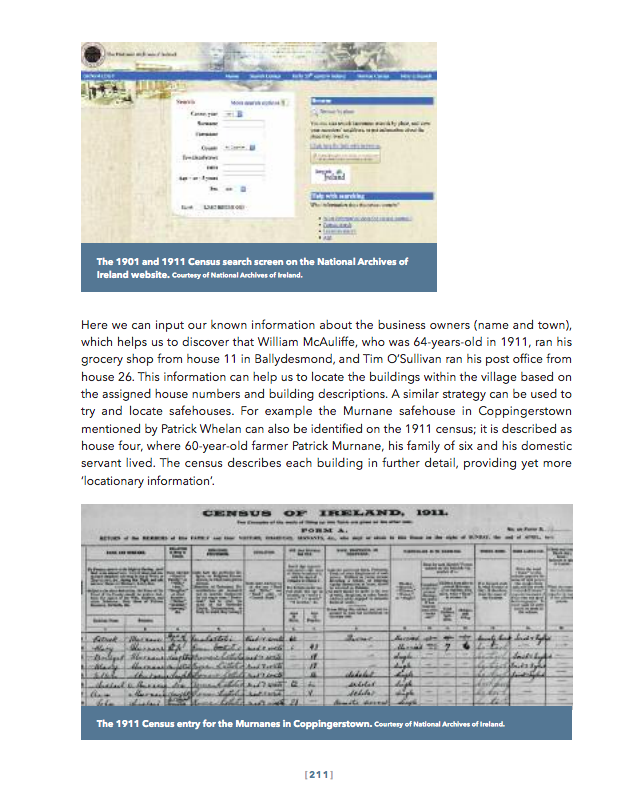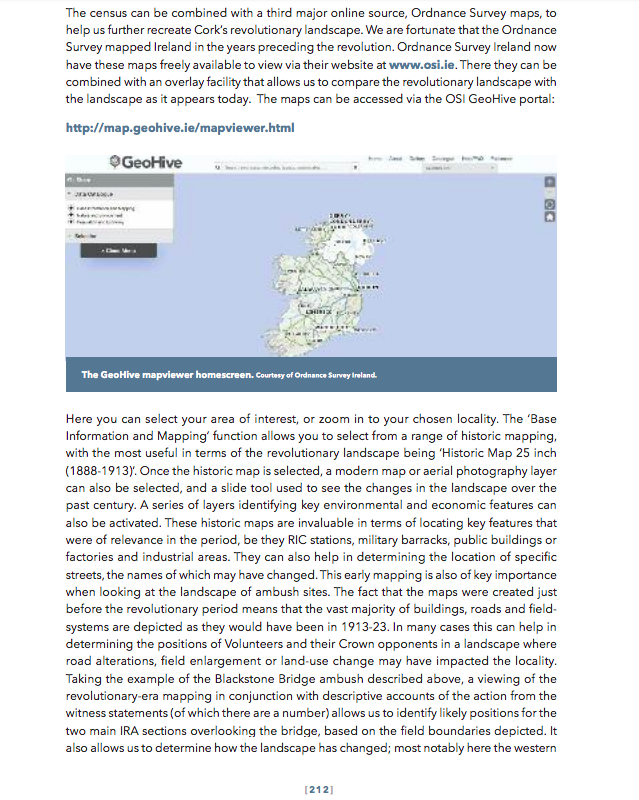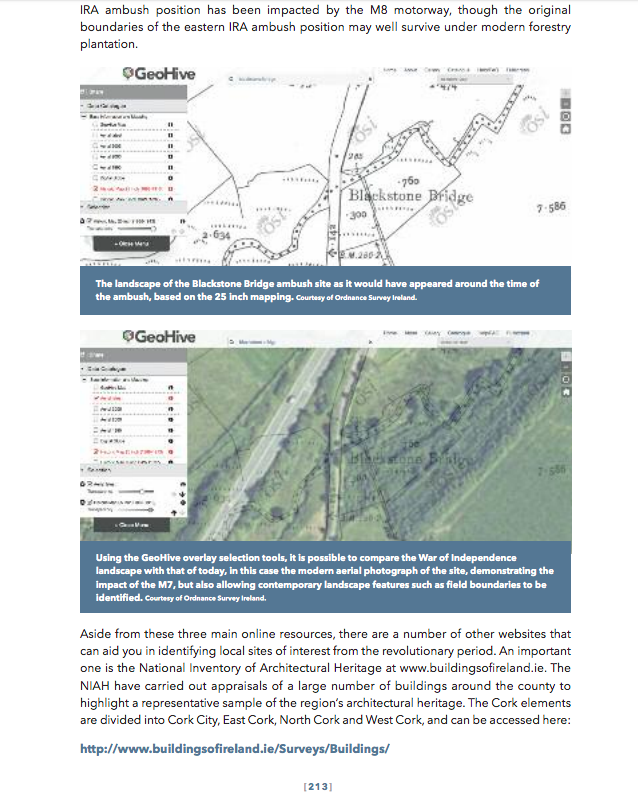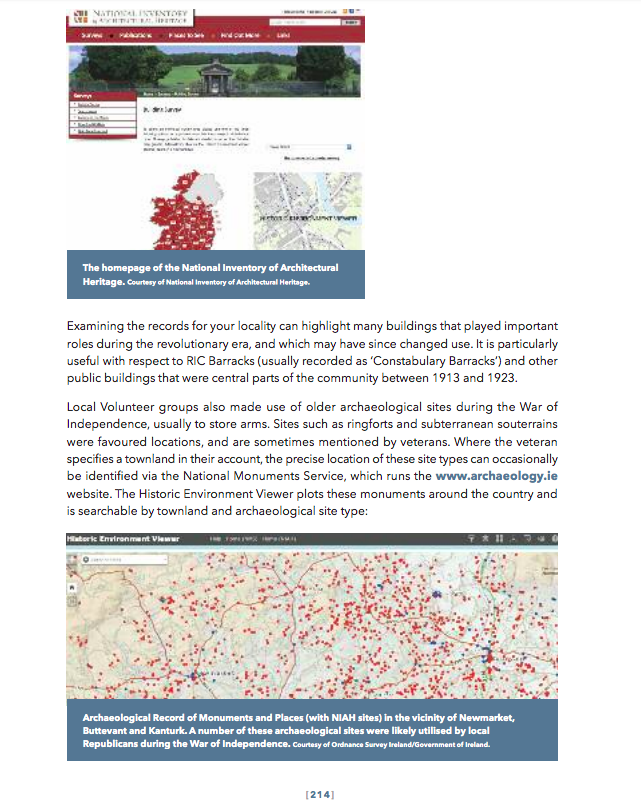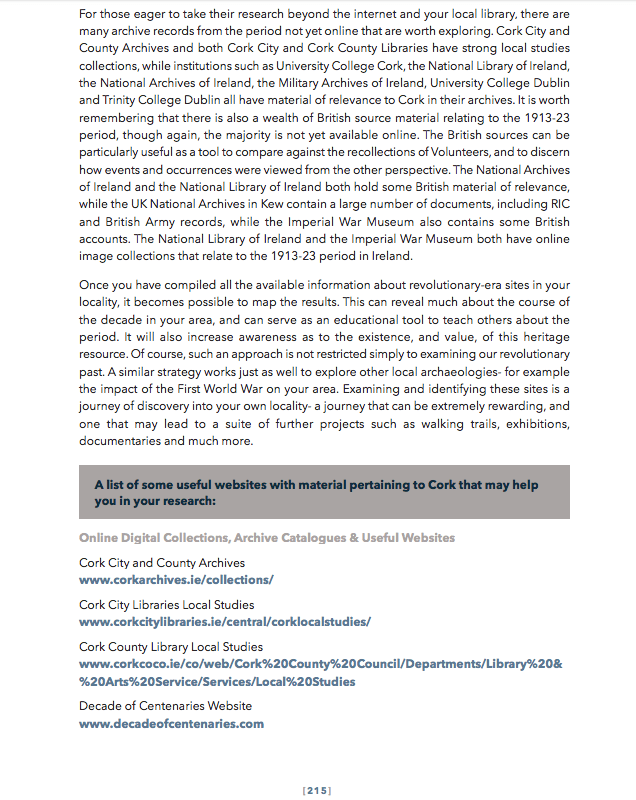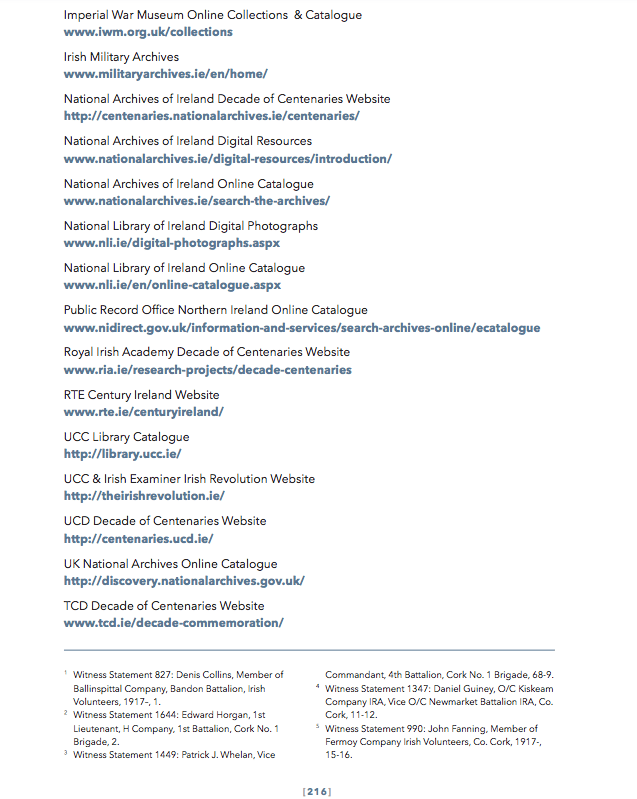For many years I have worked to highlight both our lack of knowledge and the lack of protection for archaeological landscapes that date to our recent past, particularly those from the Revolutionary Period and First World War. Unfortunately, as yet no major initiatives have been undertaken in the Republic of Ireland to address these major problems, which I believe to be among the most serious facing our archaeological heritage. As long as we lack the baseline knowledge regarding what survives from this period, we run the risk of inadvertent and unintentional damage occurring at revolutionary sites. Unfortunately, this is something we know has already happened. There is no doubt that nationwide systematic efforts are urgently required to discover the nature and condition of conflict landscape elements from the 1913-23 period. Without them, more and more of these extremely fragile and rare sites will–often unknowingly–be lost to us.
The potential to uncover and “map” revolutionary landscapes does exist. It is is something I undertook with Rubicon Heritage for the area of operations of “E” Company of the 4th Battalion, Cork No. 1 Brigade of the IRA back in 2014 (you can read more about that by clicking here). Working with the local community, it produced both a detailed report and a series of maps which highlight the locations where the Company operated during the War of Independence.

The archaeological landscape of the Knockraha IRA Company’s area of operations. Among the locations highlighted are training areas, bomb factories, important buildings and safe houses, dug outs, executions sites, ammunition dumps and prisons (Rubicon Heritage)
Follow-on work on mapping surviving traces of the 1920 Midleton Ambush will also shortly be published on this site. Another opportunity I had while with Rubicon was to write a book on behalf of Cork County Council examining the county’s revolutionary past. Entitled Heritage Centenary Sites of Rebel County Cork, it explored Cork’s conflict history with specific reference to place. For those interested, the full 242 page book has been made freely available for download by Cork County Council here. I will be returning to some of its content in the future, but for this post wanted to share one of the chapters I included, entitled “Researching Your Revolutionary Past.” The intent of this section of the book was to show local communities how they could go about identifying some of the revolutionary landscapes that surround them, using tools freely available on the internet. In the absence of any State initiative to uncover information on these landscapes, this remains our best hope of gathering archaeological information about them. Hopefully at some point in the future such efforts could be further encouraged through the development of a volunteer-led nationwide programme akin to that carried out in Britain for the Defence of Britain Project and theHome Front Legacy Project.The relevant chapter can be found below. I hope you find it of some use, and please feel free to share widely!

